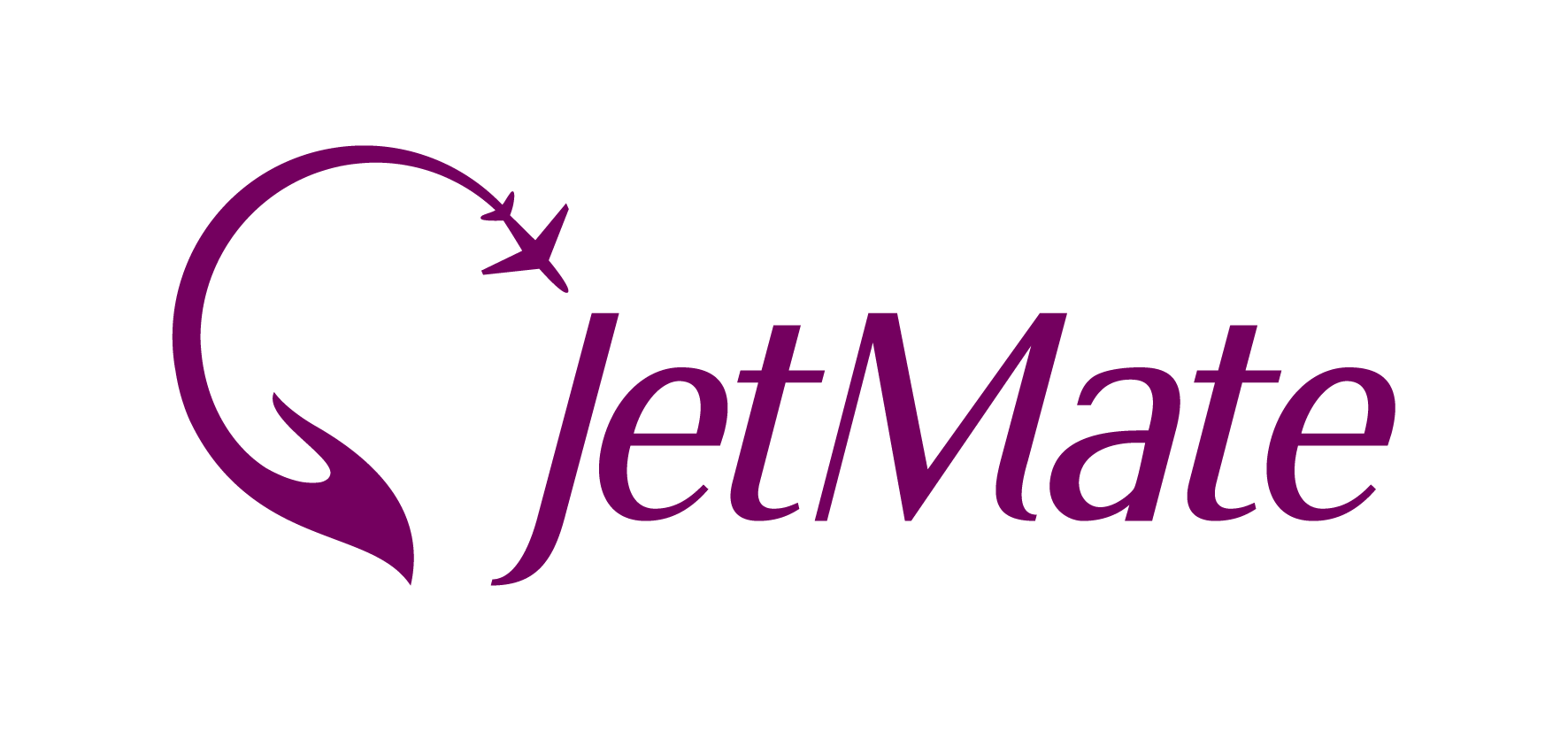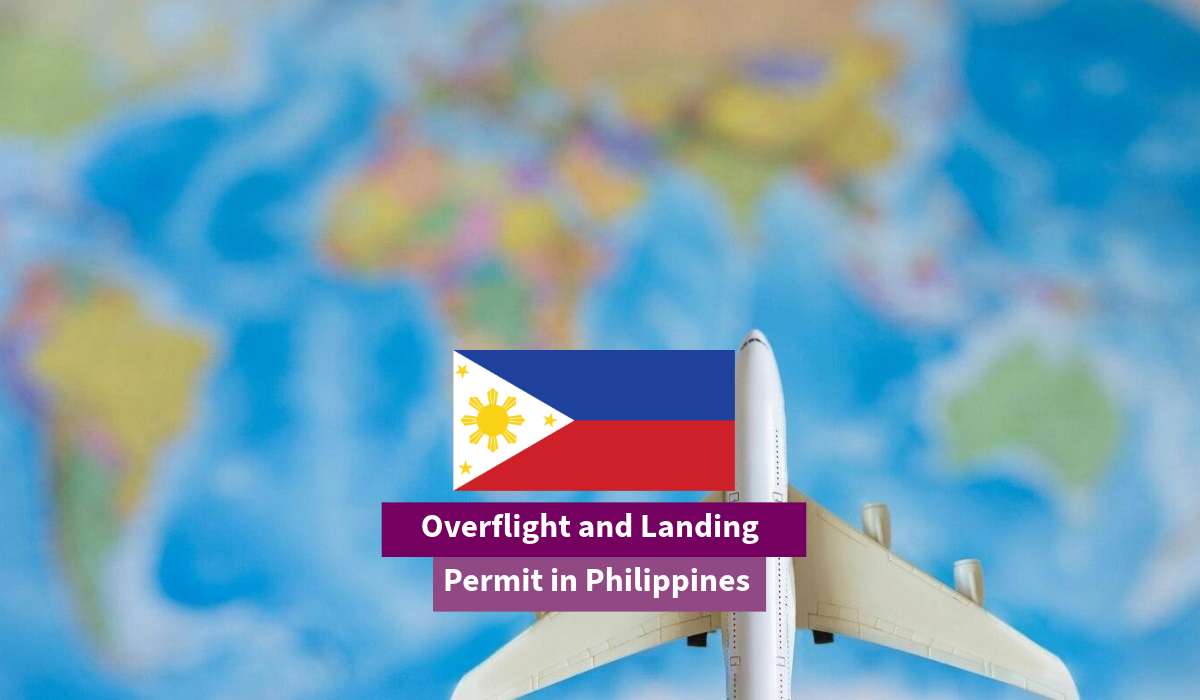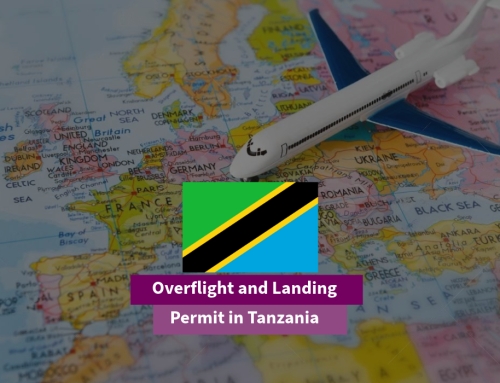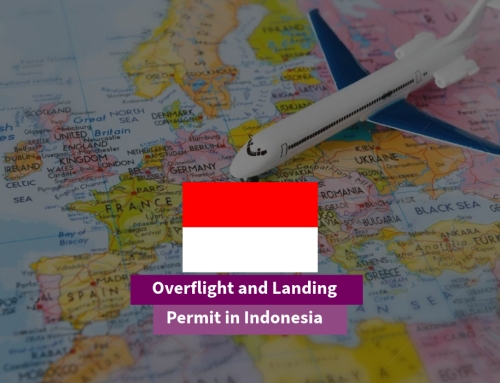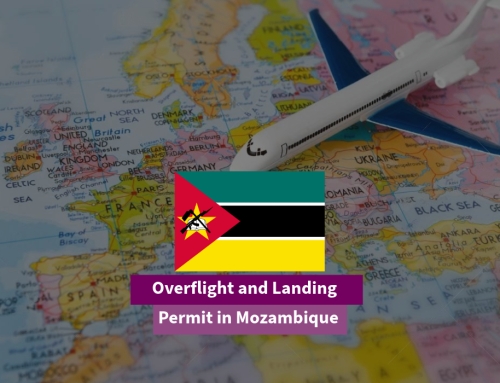Obtain Overflight and Landing Permit in Philippines
Operating flights to the Philippines involves obtaining the necessary permits and complying with the country’s aviation regulations. As a growing hub for tourism and commerce in Southeast Asia, the Philippines mandates that all operators follow specific guidelines for overflight and landing permits. Below is a detailed guide to assist in navigating the permit process.
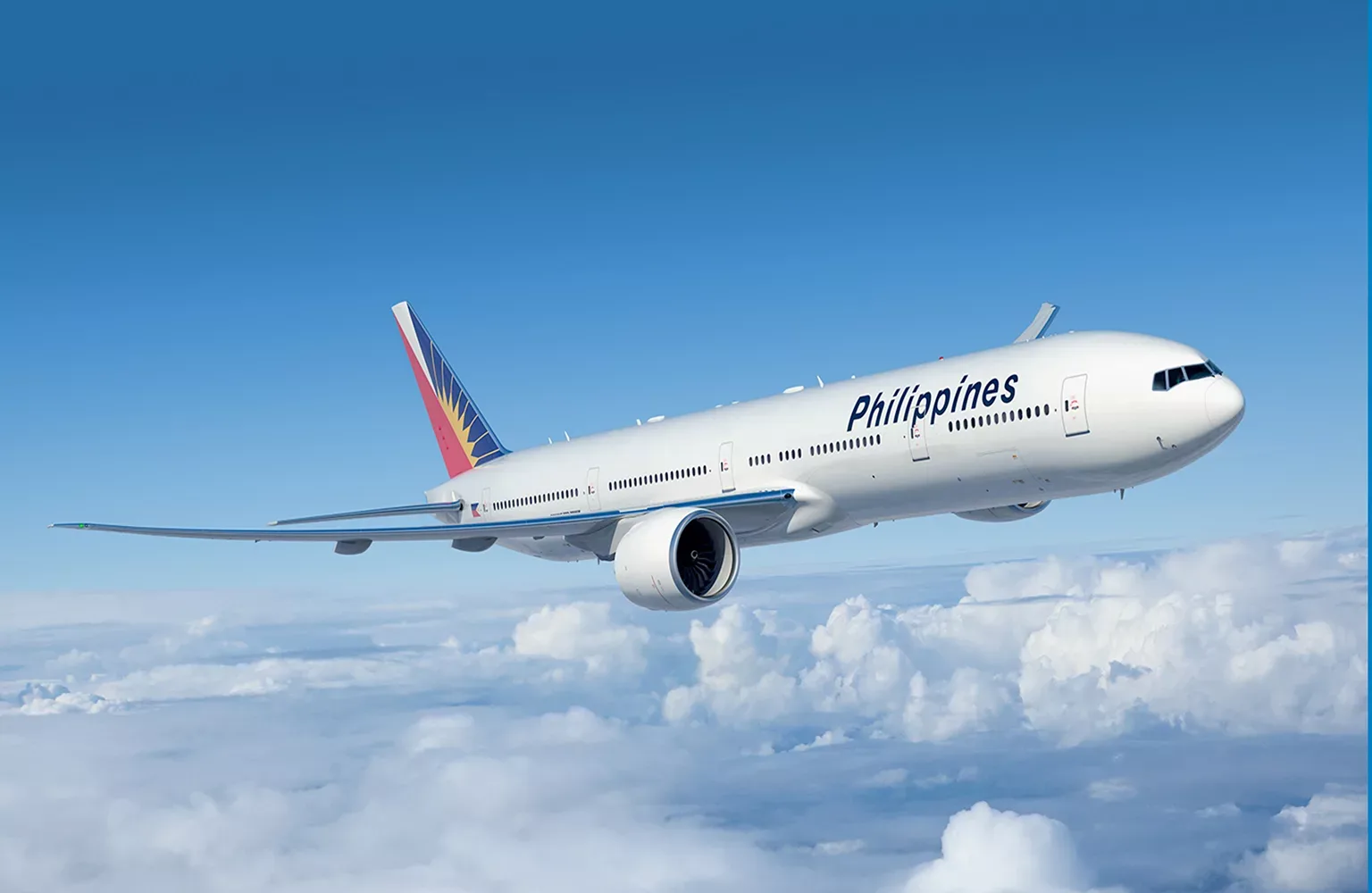
1. Types of Flight Permits in the Philippines
1.1 Overflight Permit
An overflight permit is required for aircraft traversing Philippine airspace without landing. This ensures compliance with aviation and air traffic control (ATC) regulations.
1.2 Landing Permit
Landing permits are mandatory for all aircraft intending to land at airports in the Philippines. These apply to commercial flights, charters, cargo operations, and private aircraft.
1.3 Diplomatic Permit
Government, military, and state-operated flights require a diplomatic permit for both overflights and landings. These are issued in coordination with the Department of Foreign Affairs and the Civil Aviation Authority of the Philippines (CAAP).
2. Regulatory Authority
The Civil Aviation Authority of the Philippines (CAAP) oversees all aspects of flight permits and compliance with local aviation standards.
3. Documentation Required for Flight Permits
For Overflight Permits:
- Aircraft registration certificate.
- Airworthiness certificate.
- Aircraft insurance certificate (covering third-party liability).
- Air operator’s certificate (AOC) for commercial flights.
- Flight plan details, including entry and exit points in Philippine airspace.
For Landing Permits:
- All documents required for overflight permits.
- Ground handling arrangements at the destination airport.
- Slot confirmation (if applicable).
- Passenger manifest or cargo details.
- Purpose of the flight (e.g., passenger transport, cargo, or private).
For Diplomatic Permits:
- Diplomatic note or official request from the operator’s government.
- Detailed flight itinerary and purpose.
- Crew and passenger information.
4. Lead Times for Permit Approvals
- Overflight Permits: Typically processed within 24-48 hours.
- Landing Permits: Require 3-5 business days for approval, depending on the type of operation.
- Diplomatic Permits: This may take 5-7 business days due to coordination with multiple authorities.
5. Key Airports in the Philippines
The Philippines has several major international airports catering to both domestic and international flights:
- Ninoy Aquino International Airport (MNL):
- Located in Manila, the country’s main gateway for international flights.
- Mactan-Cebu International Airport (CEB):
- Serves the central Philippines and is a hub for tourism.
- Clark International Airport (CRK):
- Located in Pampanga, an alternative hub to Manila.
- Francisco Bangoy International Airport (DVO):
- Located in Davao, catering to the southern Philippines.
- Iloilo International Airport (ILO):
- Key regional hub in Western Visayas.
6. Airspace Management
- ATC Services: Managed by the CAAP, ensuring safety and efficient airspace management in compliance with ICAO standards.
- Restricted Areas: Operators must avoid restricted airspace, including military zones unless prior clearance is obtained.
7. Special Considerations
Typhoon and Weather Conditions:
- The Philippines frequently experiences typhoons, heavy rains, and strong winds, which can impact flight operations and routing.
Slot Restrictions:
- Major airports like Manila (MNL) have slot restrictions due to high traffic volumes. Advance reservations are required.
Customs and Immigration:
- All international flights must comply with customs and immigration procedures. Passenger and crew documents must be submitted in advance.
8. Steps to Obtain Permits
- Prepare Documentation:
- Gather all necessary documents for the type of permit required.
- Submit Application:
- File the application with CAAP or through a designated agent.
- Coordinate Ground Handling:
- Ensure arrangements are made at the destination airport.
- Confirm Slot Allocation:
- Secure slot reservations for airports requiring prior coordination.
- Monitor Application:
- Follow up with CAAP to ensure timely approval.
9. Useful Contacts
- Civil Aviation Authority of the Philippines (CAAP):
- Website: https://caap.gov.ph
- Phone: +63 2 7944 2030
- Email: [email protected]
Need a flight permit in Philippines? click here
